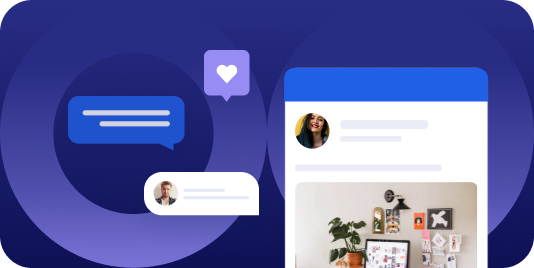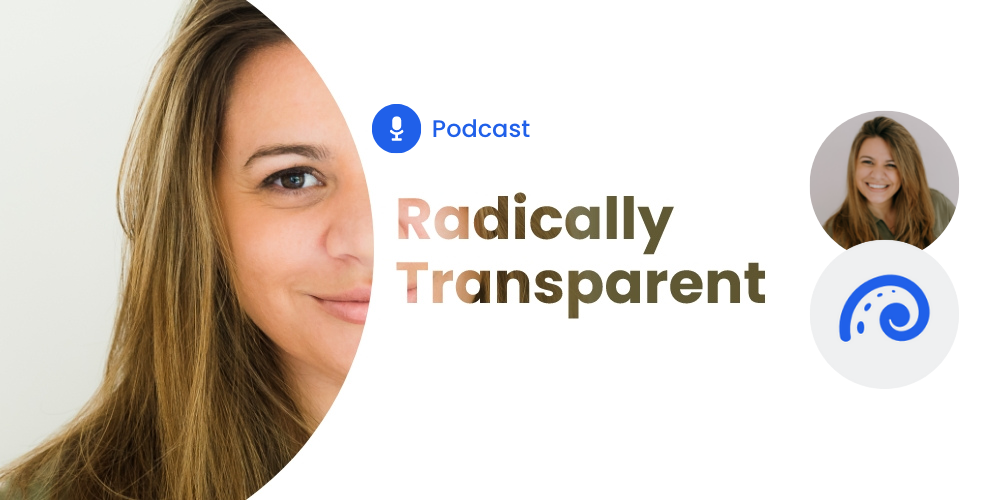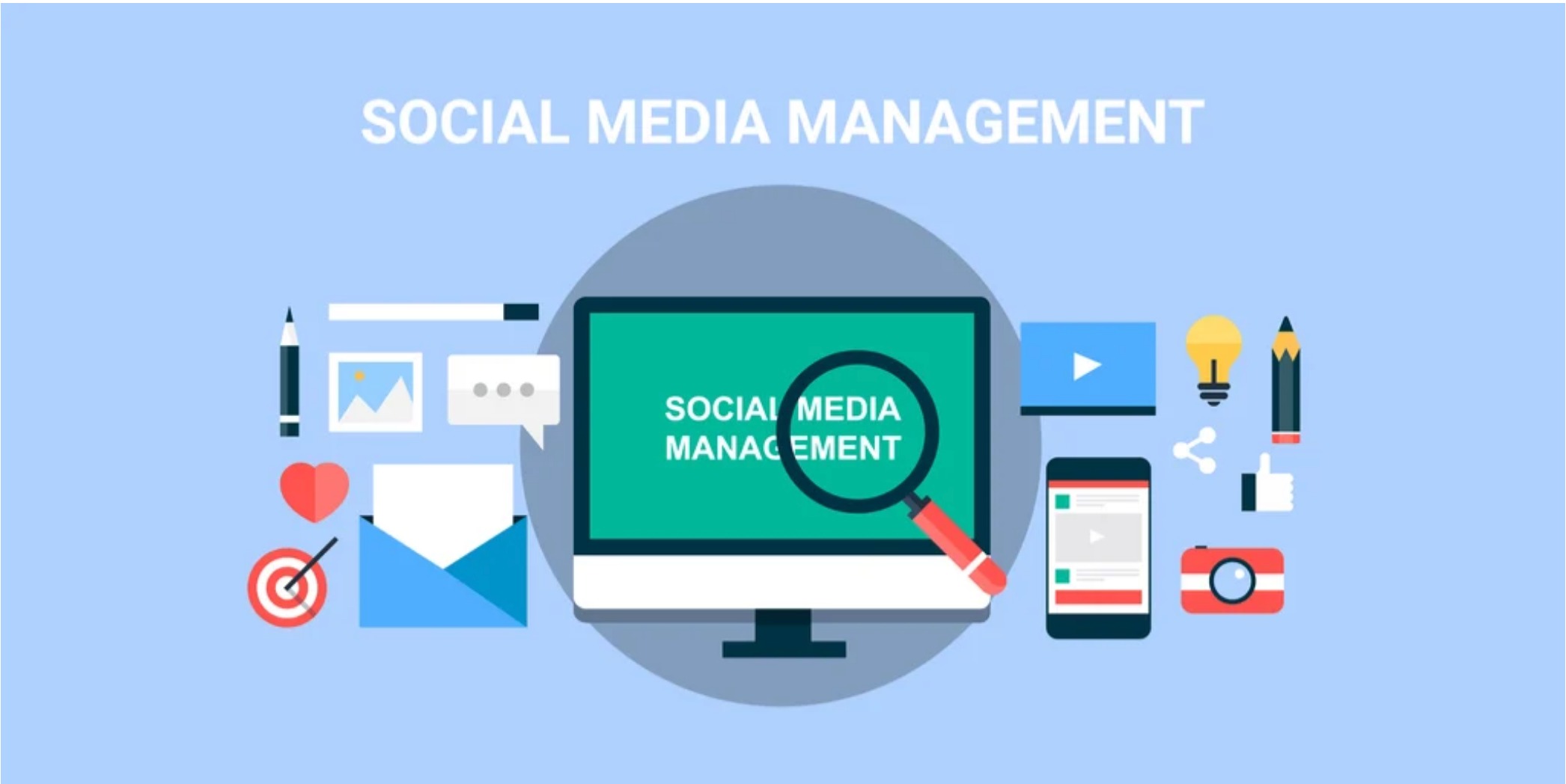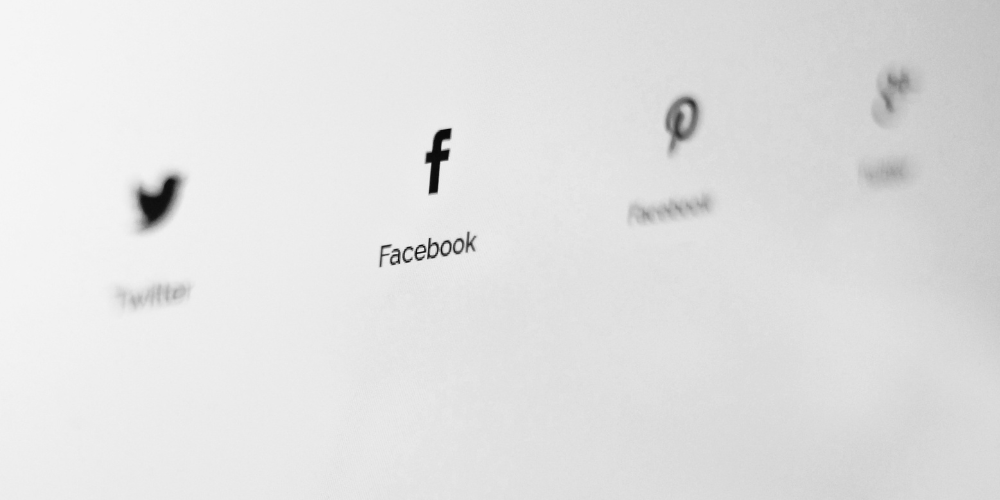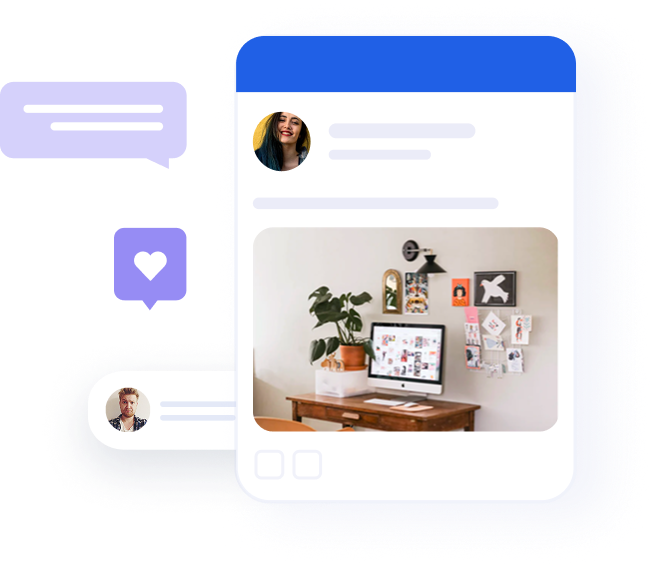
7 B2B copywriting strategies that convert
Table of contents
For B2B marketers, effective, engaging content is the cornerstone of any successful campaign. While recent trends in content marketing have shifted the needle more towards visual formats such as video and infographics, the written word is still the foundation of most content marketing strategies. Content marketing in this way isn’t a new idea, nor is it revolutionary, but there’s one crucial element to doing it successfully – actually writing the words. This is where applying B2B copywriting strategies comes into play.
Businesses have been writing marketing copy of all kinds forever, but there’s a reason: it’s effective. Copywriting remains one of the best ways to boost conversions. It converts visitors to customers and takes a particular set of skills. 78% of companies have a team of one or more focusing purely on content creation and B2B marketing strategies.
Clearly, copywriting is key in building more successful outreach, but what does that really entail?
In this post, we’ll learn about B2B copywriting and give you seven actionable copywriting strategies to create more conversions for your business.
What is B2B copywriting?
One of the most important aspects of marketing and advertising is copywriting. Copywriting is using words to persuade people to take action after either reading or hearing them. Marketers and sales teams (and copywriters) use copywriting to drive business.
Copywriting is similar to a call to action but on a larger scale: copywriters are attempting to elicit feelings, thoughts, or responses — ideally, to get the reader to search for the business in order to discover more about it or make a purchase. It’s found in product descriptions, ads, and social media posts, among other deliverables.
B2B copywriting’s ultimate goals are to increase relationships and create sales between two businesses. But it’s used for many purposes with a sales and marketing funnel: to generate awareness, attract leads, close deals, and create memorable customer experiences.
B2B copywriting vs B2C copywriting
B2B Copywriting differs from B2C copywriting in a few key ways. In B2C copywriting, the strategy is to write and market for a specific demographic: women, men over fifty, etc. The consumer is being targeted directly, usually with an emotional appeal.

Source: https://copywritingcourse.com/b2b-copywriting/
B2B copywriting targets decision makers and buyers in other companies that are good candidates to need, want, or use the product of the other business. This often means entire teams or multiple people in a specific organization. Rather than using an emotional style, B2B copywriting is fact and logic-driven and usually quite concise. Sales and marketing copy that reveals the value and results of a given project to potential buyers is generally the most effective.
What are the benefits of great B2B copywriting?
With content marketing being used by 70% percent of B2B marketers, the demand for, and effectiveness of B2B copywriting is understood across industries. This is because it holds many benefits for an organization.
B2B copywriting generates brand awareness and increases visibility. It also helps attract new customers by targeting more specific niches and speaking to those target’s particular needs.
It increases customer retention because it shows customers how to get more value from your products or services that they have already purchased. Great copywriting also helps position your brand as a trusted authority or influencer, which strengthens your brand reputation. It creates a better shopping experience, by offering clear information about your product and presenting your brand’s unique viewpoint and personality.
But the biggest benefit B2B copywriting offers is this: many customers research a product and get to the purchase point unsure if they want to continue. Great copywriting can get them to pull the trigger and convert the sale. If your offer is memorable, is a great value, and hits all the pain points of your target, great B2B copywriting will convey this in a way that increases your conversions consistently. And that’s something you won’t get from an infographic.
Recommended for further reading
9 types of B2B copywriting
B2B copywriting can take a multitude of useful forms for marketers. Some common types of B2B copywriting you might encounter in the wild include:
1. Whitepapers
A comprehensive report on a topic that identifies a problem and portrays your organization as a solution expert.
2. Ebooks
Whitepapers’ modern descendants are commonly utilized as top-of-funnel and middle-of-funnel content pieces — either to educate potential buyers on an issue they aren’t aware of, or to show them how to address an issue they are aware of.
3. Brand storytelling
Content that focuses on your brand and how it might benefit others. Customer stories are commonly used in this form of copywriting.
4. Technical writing
Articles that “translate” technical processes into language that is understandable to the common person.
5. Ghostwriting
Content generated by freelancers and remote employees for well-known experts.
6. UX writing
Copy for websites and mobile applications concerned with how customers interact with your website or app.
7. Social media posts
Posts and articles published on social media platforms.
8. Landing and sales pages
Special website pages are designed to get readers to act or purchase.
9. Blog posts
Articles published on company blogs or as guest posts to attract attention, show authority, or add value for the reader. In fact, you’re reading one now.

Now that you know what B2B copywriting is all about, let’s tackle seven ways to make your copywriting convert.
B2B copywriting strategies that convert
1. Research your target – and write for them
Imagine you’re an archaeologist excavating a wondrous tomb as you research, research, research your target audience and compile all the wonderful treasures (facts and data) that convince the world of your brand’s importance.
When trying to figure out your audience, ask yourself ‘W’ questions such as:
- Who will benefit from this content?
- Why is it important?
- What business is this?
- Who will read this?
Clarity and credibility are a few things to keep in mind as you research. Ensure that your data is as correct and pristine as possible by referencing good sources because your believability is only as good as yours. As you integrate data into your copy, remember to combine customer and industry insights; numbers are great, but words are better.
Remember that you are writing for the person with decision-making power. Don’t be afraid of jargon, but make sure it’s clearly explained.
2. Craft a killer headline
The first clue to what your piece is about is the headline. It’s the first thing a lead or customer sees and the first chance to engage them. Your headline establishes the tone and style of the content for the reader. More significantly, your headline informs readers about what to expect from your content. When 73% of people admit that they skim more than they read, a well-crafted headline can be the difference between engagement and dismissal.
People are more likely to read an article that has a headline that “hooks” them. Here are a few strategies to think of when crafting a headline:
- Make it specific. Every brand has a voice, an angle, and a story. Focus on what makes yours unique and hone in on it.
- Use numbers and statistics with actionable strategies.
- Include a question to which your brand is the solution.
- Try a personalized call to action. They convert 202% better!
- Include a deadline that creates a sense of urgency and immediacy.
- Be exact. Lay out what you are providing clearly and openly.
3. Use the power of storytelling
Research from Google indicates that 50% of B2B buyers are more likely to purchase from you if they form an emotional attachment to your brand. Did you know that storytelling is one of the best ways to do that?
Crafting a brand narrative is one of the best ways to increase customer loyalty. Using the structure of storytelling in B2B copywriting allows you to present data points in a format more palatable to the customer.
Every brand has a story, but it’s often more effective to make your customer the protagonist. Some ways of achieving this are by utilizing a narratively framed customer testimonial, which creates customer intimacy by cultivating a space for self-insertion. Making space for the customer in your copy allows you to present the points of your brand in a way that interacts on multiple layers of a buyer’s psychology.
Social media is a great place to explore the many ways that brands tell their stories, offering prime opportunities for multimedia brand storytelling. Marketing is a conversation, so carefully examine the narrative trajectory that you want your lead or customer to take.
4. Sell with data – without being boring
Everyone has had the experience of staring at a page of numbers. Numbers have a miraculous way of making a person’s eyes glaze over…unless they’re presented in a more narrative form. When implementing data and facts, try creatively weaving them into a story.
Data used in copywriting can take the form of statistics, case study results, social proof, expert opinions, and even reviews. Buyers are more likely to purchase something after reading positive reviews. Whatever form your data takes, be sure to cite your sources and make sure they’re reputable. And please try to be creative with how you present your data.
5. Showcase the benefits and create value
Take an objective look at your product/service and answer the question: what does it bring to the customer? When crafting copy, hone in on how your product or service benefits the customer first, and then lay out all of the features. Make sure the benefits are clearly laid out right up front in your copywriting. Ideally, you are solving customer pain points with your benefits. Is it saving them time, money, or a big hassle? Let them know how your brand is making their life easier, right up front, in a factual way – and back it up with some creatively added data if you can
The other thing you need to do with your B2B copywriting is to create value. How can you solve a problem for your ideal customer or improve their business? Perhaps you could write a blog post as part of your content marketing strategy that teaches them seven different strategies to improve conversions with B2B copywriting. See what we did there? Giving value – even in a short Twitter post – is a great way to build trust and authority as a brand, which will lead to more businesses making purchases from you down the line. Remember, the best way to emphasize your brand’s value is by always putting the customer first.
6. Don’t forget SEO
51% of buyers find new products or companies through internet searches, but it’s hard to get customers if no one can find you. Be sure to optimize your conversion rate by utilizing SEO in your B2B copywriting.
Utilize industry keywords to attract more potential clients to your site. Niche keywords should also be used to attract companies, preventing your brand from being overlooked. Tools such as Google Ads Keyword Planner can help you find the necessary words to attract clientele, and there are plenty of other SEO tools on the market that will recommend words and phrases that optimize your created content. A word of warning: be sure to organically integrate keywords into your copy because the old days of keyword-stuffing posts are long gone. Google’s algorithm is looking for that sweet spot of an optimized post that’s also giving real value and penalizes those barely readable keyword-salad-type posts that add no value to a reader.
Both your title and subheading can help make sure that the results of Google searches are as effective as they can be, so make them count. A good tip here is to make sure the title is something that your audience might be searching for, like “B2B Copywriting Strategies That Convert”, for example.
7. Test and adjust
A/B testing is key. It’s difficult to know what will perform effectively without getting outside opinions. Test everything, from headlines to taglines, articles and ads. A/B testing is the rehearsal space for perfecting anything that may perform against your intention. It offers you the opportunity to adjust your copy, while also providing concrete metrics and statistics for your audience.
Since only 17% of marketers use landing page A/B tests to improve conversion rates, your efforts will raise you above your competitors. Test, monitor your metrics, adjust what’s not working, and test again – and repeat until you get it right.
The right words create conversions
Effective B2B copywriting is an integral part of any sales and marketing strategy. It creates brand awareness, searchability, and trust, and ultimately can be the difference between a lead choosing to purchase or not. Always put the customer first, present facts and data in an engaging way, and if possible, use storytelling to create a memorable experience for your audience. While the internet is becoming a more visual medium everyday, the power of the right words to create conversions still reigns supreme.
Don’t forget that B2B copywriting is equally effective across social media platforms, whether you are writing a video script for TikTok, a blog post on LinkedIn, or a short teaser for your new product on Twitter. When combined with a robust social media management platform designed for the needs of B2B marketers, the decision makers and buyers among the 3.6 billion users on social media will be primed to find and read your latest sales copy.
